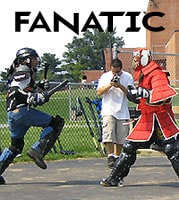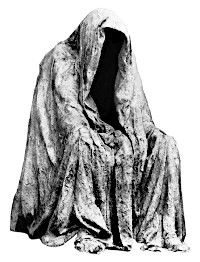Early in our fighting development we tend to think in terms of winning the fight.
Dawn
Then comes a time like Dante experienced. Dante had had a few fights, had already beaten men at his young age, knew what it felt like to taste of brutal victory. He had also trained with some really good fighters, former top pros and had a sense for whether or not he would be able to catch a man, based on an instinctive sense of motion—Dante was a natural fighter, the kind that sense strength, weakness and adaptability.
Duz took Dante and I to the Pikesville Armory to watch a pro fight card. This was a USA Network Thursday Night Fight production, I think in 1996. Dante even got to speak with Sean O’Grady. We then watched some of the local pros go at it and Dante looked at me and grinned, “I can do that. These guys are bigger than me and I could take them.”
I reminded him that fighting over your weight gets you hurt in the end—no championship for you once you run into the top tier of big men, having accumulated injuries plowing through the second tier. He had been a state wrestling champion in his weight class in Arizona and understood the logistics of mass.
The two headline cards were welterweights—his weight class, so I counseled him to wait for the main events. The co-main event began. Instead of a local guy with a 4-0 record beating the piss out of an older, smaller, out-of-town guy with a 4-4 record, we were now looking at two men who each had over 20 wins and less than 4 losses—second tier guys. When they began moving it was like a brutal, broken symphony—Wagner performed as ragtime. He looked at me, comprehending the danger in those steps, the evasiveness, the leverage, his mouth hung open and I said, “Welcome to the welterweight division."
This is the fate of the welterweight: you’re too short for basketball and baseball, too light for football, too big to be a jockey and here you land, with the best of the bad.
After this fight, and then Skipper Kelp’s welterweight bout, Dante understood that his movement would have to improve at a transformative level. Dante did not go pro, though he could have. Instead, this lesson set him on the road to owning his own business. Of course, he once knocked out every redneck in a country bar and walked out with the only two girls, so his mobility study did net him a Hollywood quality date.
Dusk
Ironically, motion is one of the last things to go for a fighter who can minimize leg and hip injuries, which is best achieved by avoiding playing ball sports and automobile accidents. So, at age 50, with my eye-hand coordination and reflexes failing, my stamina deeply on the wane and my propensity for concussions on the rise, I found myself still moving better then every stick fighter I ever studied, with the exception of the top two Dog Brothers and of the best man I ever fought, the #2 WEKAF Middleweight in the world, two years running.
So, this past May, having given up fighting, I reasoned that I would still be a productive sparring partner for Charles, our top fighter. Although I can’t beat him in a fight any longer, I can keep up to him in terms of movement—can make him work.
I have long had a torn Achilles on the right, meaning I cannot lunge from an orthodox boxing guard, which is okay, because the orthodox fencing and stick-fighting guard is southpaw.
When Charles and I spar orthodox he outscores me 3-1.
When we spar from a left lead, he outscores me 10-1.
Then, last Sunday morning, with my hip rotator locked up on my left side, we sparred and it was a 30-1 clinic, as if he were instructing a bunch of Mexican kids on taking down a Gringo piñata.
My mobility clock did not permit reverse or lateral angulation to my left side, or lunges on either. I still had a 60% range of motion. But against a guy that can really, really move, glide in and glide out, I might as well have been a whale beached in front of a village full of starving Eskimos.
Having stressed the idea that dominating the combat space is the task of the fighter and that effective movement is key to that, I still had not, after 20 years as a boxing coach and 16 years as a weapons coach, appreciated the full importance of this fact until I found myself hobbling along trying to keep pace with a man in his prime.
The Punishing Art
Twerps, Goons and Meatshields: The Basics of Full Contact Stick-Fighting











